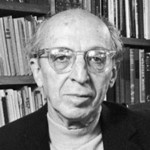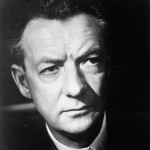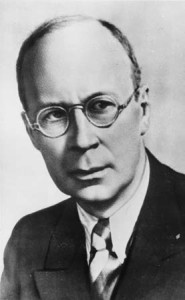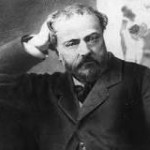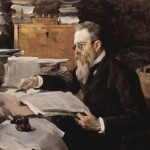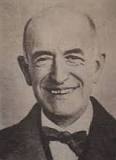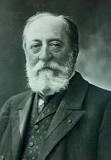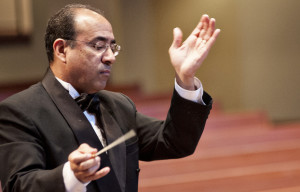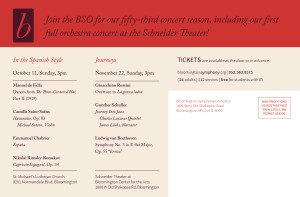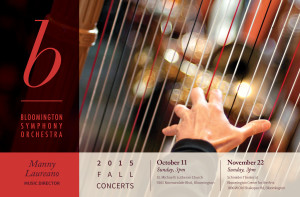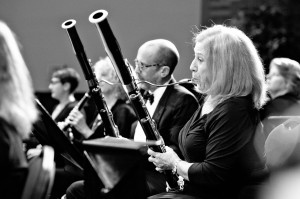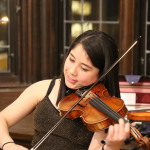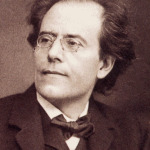Before each concert, we share “Manny’s Musings,” thoughts from our Music Director and Conductor, Manny Laureano. This is the final “Musings” that will be posted in advance of the BSO’s Play Me a Story concert on February 21.
America’s composer, Aaron Copland (1900-1990), when asked to compose a piece of music that would celebrate the spirit of America after its entry into World War Two, was given a variety of choices of luminaries both living and dead. Copland chose Abraham Lincoln not only because he was such an important figure in our history but because his actions and words were so well-suited to that current critical time. In particular, the words spoken at Gettysburg bore a strong tone of admonition to the Americans of 1942 when the work was conceived, written, and performed by the Cincinnati Symphony. Lincoln’s words were part of a drive that came from many corners to remind Americans of their greatness and place on the world stage. The words seem to directly confront the losses suffered at Pearl Harbor and also to say that despite our imperfections, America had a responsibility to overcome the evil brought about by those that would seek to enslave others by tyranny. Thus was born Lincoln Portrait.
If Sergei Prokofiev sought to cultivate the love of music in Russian children and make them aware of the instruments of the orchestra, then Benjamin Britten (1913-1976) took it a step further. Borrowing a tune written by fellow Englishman Henry Purcell, he uses that tune to introduce and dissect the sound of an orchestra, section by section, instrument by instrument. Interestingly, of the three works you will hear, The Young Person’s Guide to the Orchestra is the only one that was conceived as subject and accompaniment to a film about the symphony orchestra, called The Instruments of the Orchestra, which was to be shown in 1946. While Disney did also indeed make a film about Peter and the Wolf, it was an afterthought to Prokofiev’s original project. Speaking of films, if Purcell’s theme sounds familiar to you, it may be that you recognize it from the soundtrack of the most recent version of Pride and Prejudice from 2005.
Join Music Director & Conductor Manny Laureano, for the concert, “Play Me a Story” featuring narrators Yuri Ivan, Obiele Harper, and Quinton Wormald. The concert takes place on Sunday, February 21 at 3 p.m. at the St. Michael’x Lutheran Church in Bloomington.
To learn more about the concert, click here. You can order tickets online through the Bloomington Box Office or by calling 952-563-8575.
